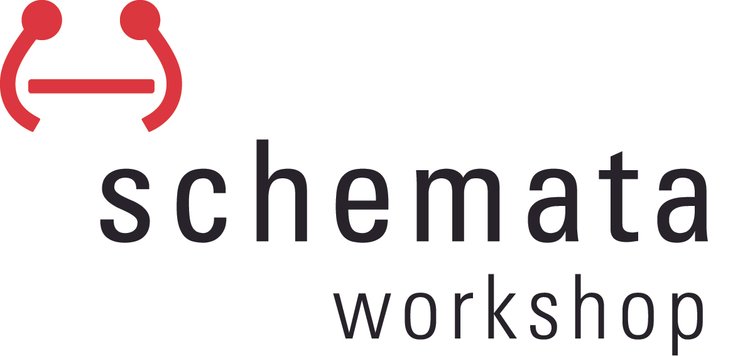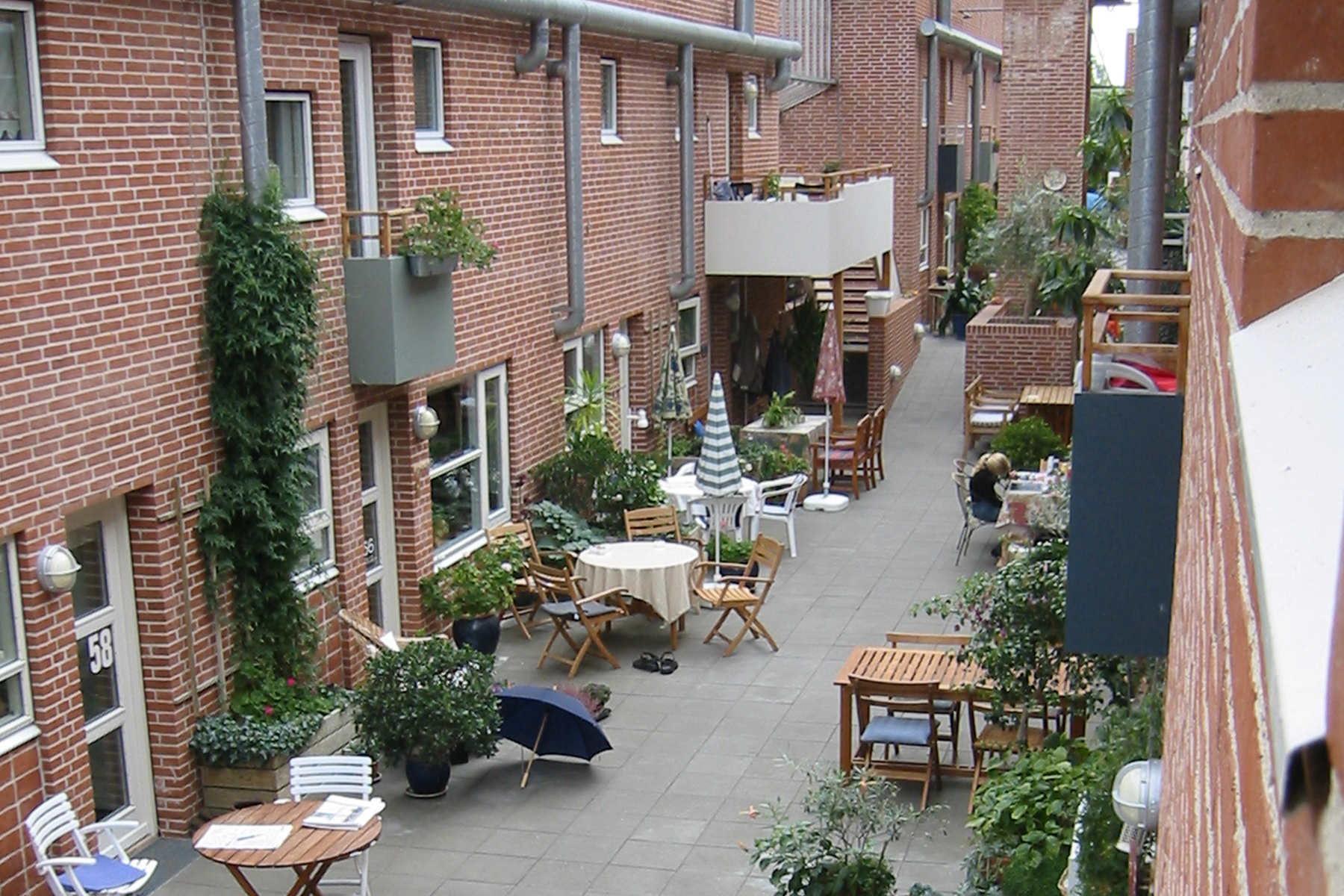Community for the Health of It was my first time at a cohousing conference. After a few days of immersive conversations, passionate speeches, and informative tours, I am inspired to bring cohousing (and community oriented housing in its many forms) to a wider population. The conference reinforced the notion that cohousing has so much to offer, however most people who would benefit from living in cohousing don’t have access to these communities. As a member of the NextGen Initiative, it is our responsibility to eliminate as many of the barriers to entry as possible. The interviews that NextGen conducted at the conference strengthened my resolve to lend my voice to the building wave of momentum to make cohousing accessible to everyone.
Grace's Reflection on the 2019 Cohousing Conference
For the past 15 years, the cohousing conference has felt like a family reunion – seeing old friends as well as a time to meet new ones.
This year was even more special because it was in Portland, OR – a location where we have a built community and active cohousing projects.
I ran into a former colleague, Stephanie Gilliam – an architect with whom I had worked more than 2 decades ago at SOM in Chicago, who has since been working in the film industry.
We had three of our staff and 5 community members attend the conference. Mike and I co-presented several conference sessions – with collaborators from around North America. I hosted a workshop for architects who wanted to work in cohousing, as well as a workshop on how to design the Common House.
Schemata hosted several events for our current and past cohousing clients – fun to see so many of them together all in one room. We had many long-time friends come up after touring
Joann's Reflection on the 2019 Cohousing Conference
My experience at the Cohousing Conference is what I imagine living in a cohousing community to be like, at a GIANT scale. We had our own living spaces (hotel rooms) but were drawn toward the conference hall to share meals, exchange ideas, and socialize. The conference center was the make-shift Common House for a community on a national scale.
Everyone was actively engaged to create a sense of community. Attendees contributed in sessions and connected over similar lived experiences. Presenters gave others space to share their issues and were generous with words of encouragement but were also refreshingly direct about potential obstacles and lessons learned. Adesina Cameron’s presentation about financial literacy for the development of cohousing was especially enlightening. The way she presented the information felt like a conversation with a trusted favorite aunt.
People asked for help and were generous with a surprising ease. There was a prominently displayed community board solely for this purpose. A conference organizer offered to give me the official conference t-shirt she was wearing so the attendees in the session I was monitoring would know I was a volunteer. I was swept up in the energy and found myself enthusiastically taking on impromptu conference tasks. This sense of generosity was exemplified by the keynote speech given by Courtney Martin about the sharing of time, expertise, and community in cohousing and capped with a call to action for extending this sense of abundance beyond cohousing.
While I soaked up plenty of new technical information about cohousing design, the engagement and generosity I felt at the conference made the most impactful impression. The weekend was an inspiring reminder that we can all build stronger communities by intentionally reaching out and making connections with neighbors through shared time, meals, skills, and simply asking for help.
Attendee Reflections on Community for the Health of It
The 2019 National Cohousing Conference (hosted by CohoUS) has come to a close and was a rousing success. With more than a year of planning, a sold out crowd of 560+ attendees, 90 incredible speakers, 60+ volunteers, and nearly 100 becoming an Evergreen Neighbor, we are all feeling pretty inspired about the future of cohousing.
Five members of the Schemata Workshop Team had the opportunity to participate in this year’s conference. We wanted to share our conference experiences and reflections.
Click the links to read reflections by Emma, Grace, and Joann.
Degree of Publicness - Cohousing Pattern #5 [36]
Cohousing can facilitate a range of potential interactions between residents, neighbors, and the surrounding community, with spaces designed for differing degrees of publicness.
“Some people want to live where the action is. Others want more isolation.” This personal preference can easily accommodated within a community through proximity to the Common House. The homes closer will likely be occupied by people that become the community caretakers or “gatekeepers” who know each of the community members well. Likewise, the families further away may form closer ties with their immediate neighbors.
One can observe the degree of publicness residents are comfortable with by looking at the items placed in the public areas. At Drivhuset, some residents define personal space with landscaping while others required no barriers. Similarly at Ǻdalen, some residents placed benches outside their units while others placed a table and chairs. Given the narrow street section, residents who desired more privacy recessed seating areas into their entry alcove. At Leerbjerg Lod the patios outside each unit demonstrated varying levels of desired privacy - some were very open with low plantings while others were secluded by tall hedges.
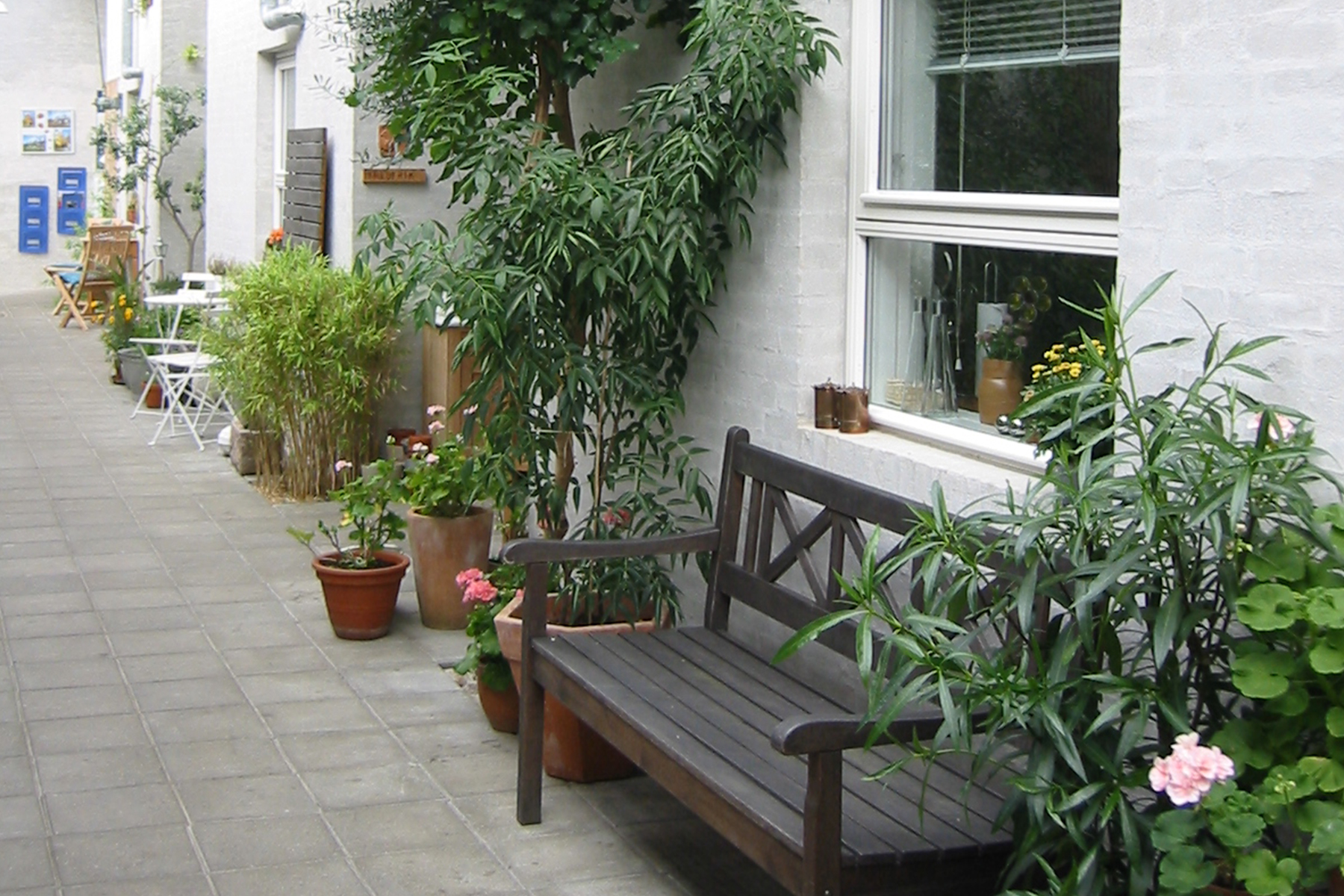
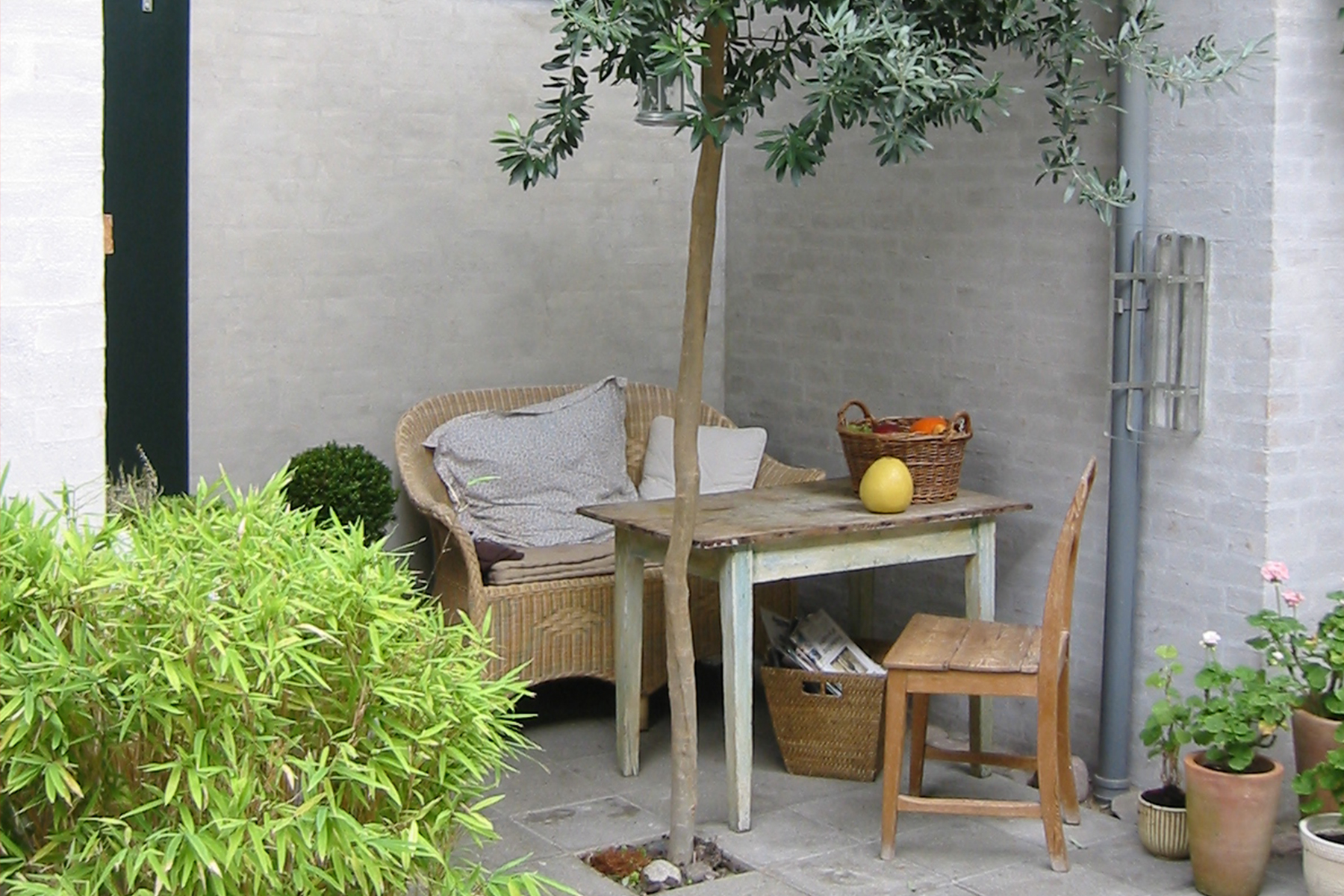
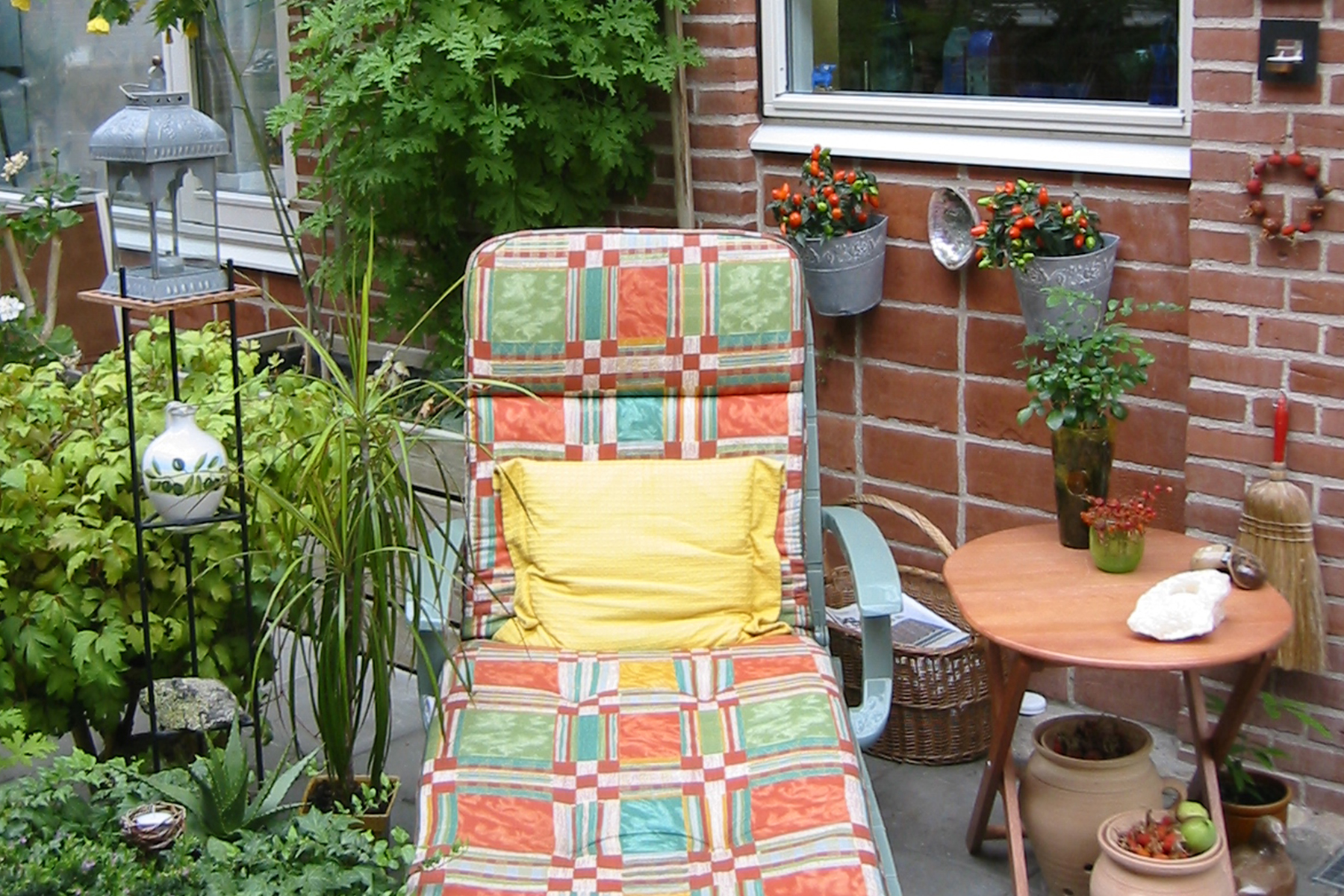
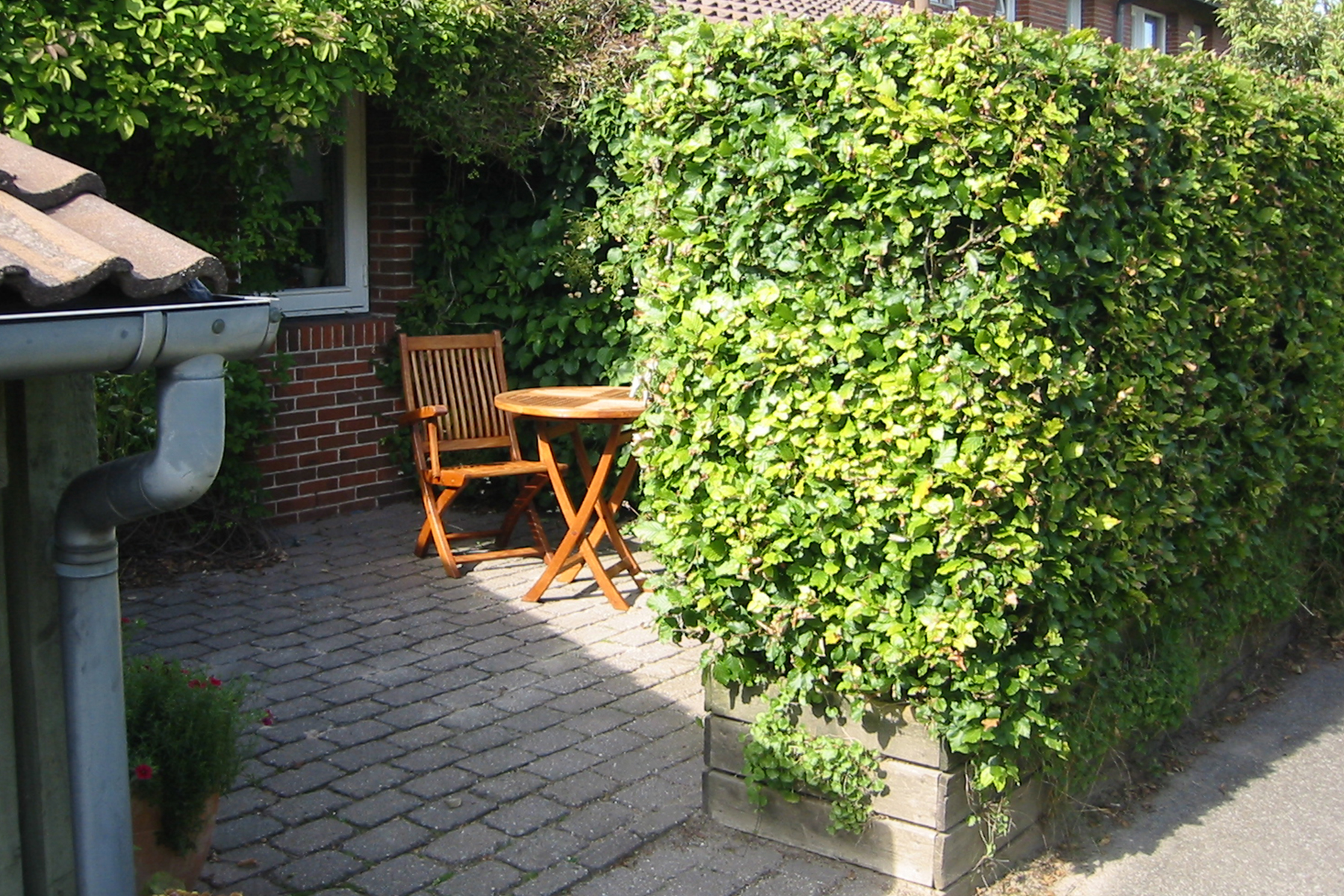
Please Note:
This series of blog posts is focused on explaining common design patterns in cohousing. Grace Kim, a founding principal and owner of Schemata Workshop, has identified patterns applicable to cohousing from "Pattern Language" by Christopher Alexander and has added some of her own.
Grace's additional patterns pay particular attention to the Common House because its design requires special consideration. As the living room for the community, the Common House sets the initial impression for visitors about what cohousing is, what your community values might be, or the perceived benefits of living in community. Schemata Workshop has analyzed scores of common houses in Denmark and North America to discern what does and does not work. Following Alexander's concept of Pattern Language, Grace has thoroughly documented the necessary programmatic and design elements for a successful Common House.
To learn more about cohousing at Schemata, visit our cohousing page.
